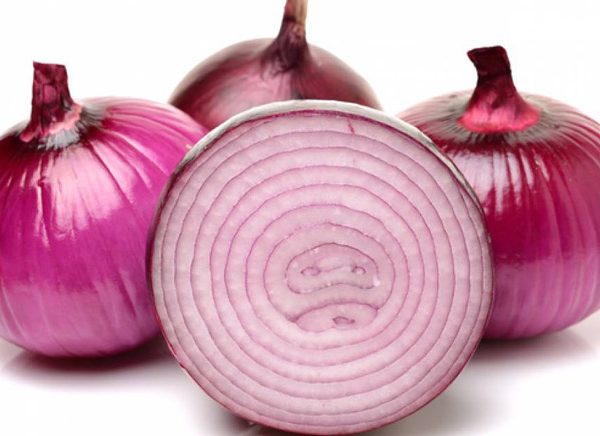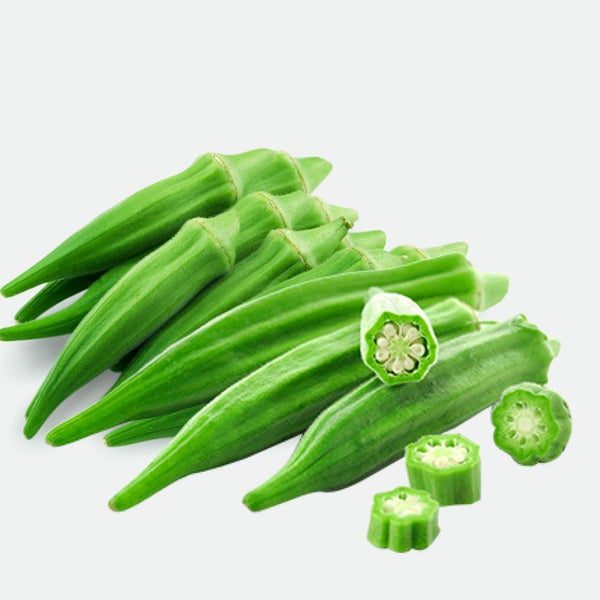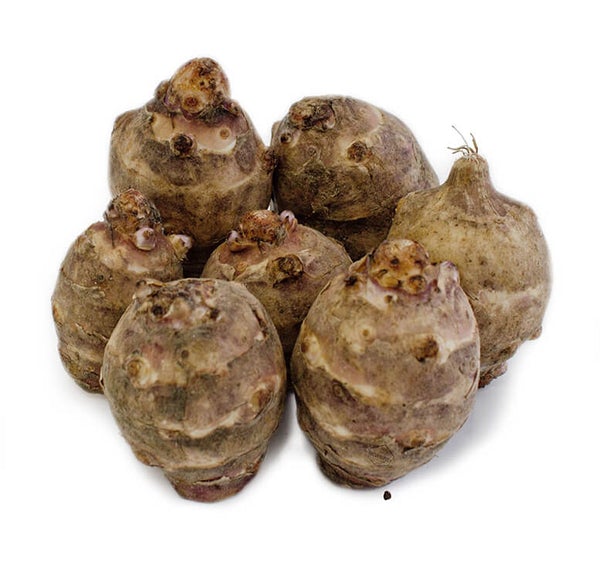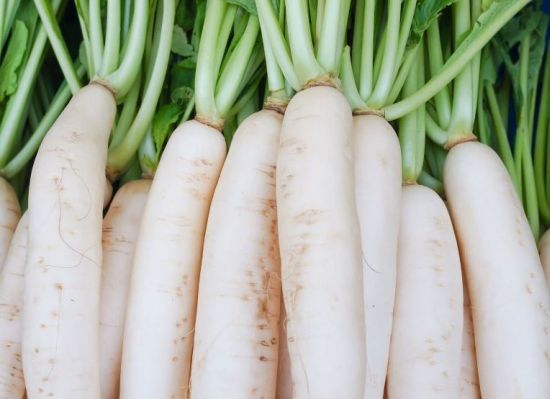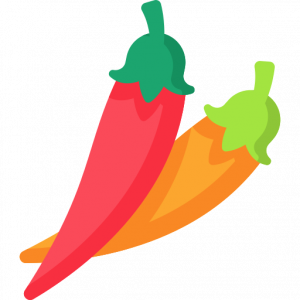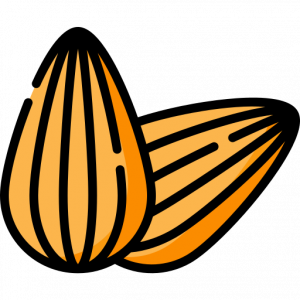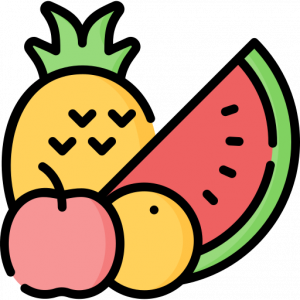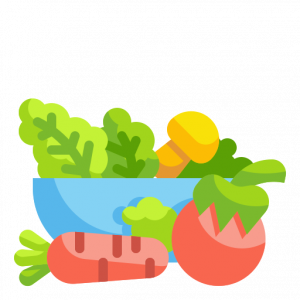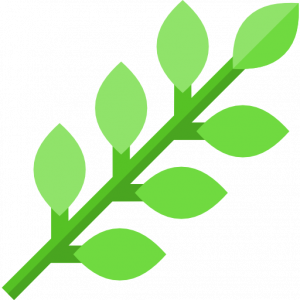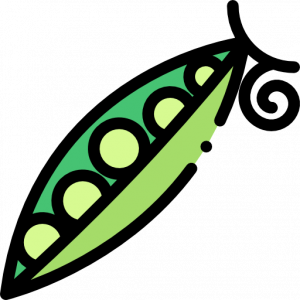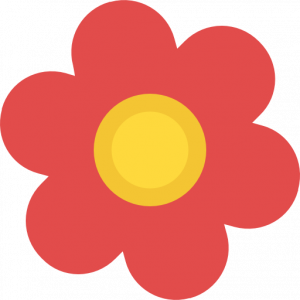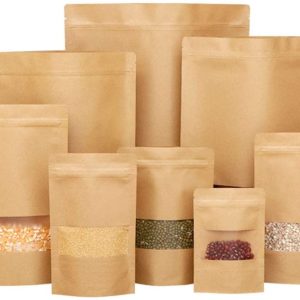Description
USES & Health Benefits of Purslane
Purslane has many benefits that may help in preventing and curing diseases. Its use as a purgative, cardiac tonic, emollient, muscle relaxant, and anti-inflammatory and diuretic treatment makes it important in herbal medicine. Purslane has also been used in the treatment of osteoporosis and psoriasis.
- This wonderful green leafy vegetable is very low in calories (just 16 kcal/100g) and fats; nonetheless, it is rich in dietary fiber, vitamins, and minerals.
- Fresh leaves contain surprisingly more omega-3 fatty acids (α-linolenic acid) than any other leafy vegetable plant. 100 grams of fresh purslane leaves provide about 350 mg of α-linolenic acid.
- Research studies show that consumption of foods rich in omega-3 fatty acids may reduce the risk of coronary heart disease, stroke, and help prevent the development of ADHD, autism, and other developmental differences in children.
- It is an excellent source of Vitamin-A, (1320 IU/100 g, provides 44% of RDA) one of the highest among green leafy vegetables. Vitamin-A is a known powerful natural antioxidant and an essential vitamin for vision. It is also required to maintain healthy mucosa and skin.
- Consumption of natural vegetables and fruits rich in vitamin-A is known to help to protect from lung and oral cavity cancers.
- Purslane is also a rich source of vitamin-C, and some B-complex vitamins like riboflavin, niacin, pyridoxine and carotenoids, as well as dietary minerals, such as iron, magnesium, calcium, potassium, and manganese.
- Furthermore, present in purslane are two types of betalain alkaloid pigments, the reddish β -cyanins, and the yellow β -xanthins. Both pigment types are potent antioxidants and have been found to have antimutagenic properties in laboratory studies.
Purslane Nutrition Facts
One cup of raw purslane (43g) provides 8.6 calories, 0.9g of protein, 1.5g of carbohydrates, and 0.2g of fat. Purslane is a good source of vitamin C, potassium, magnesium, and iron. The following nutrition information is provided by the USDA.2
- Calories: 8.6
- Fat: 0.2g
- Sodium: 19.4mg
- Carbohydrates: 1.5g
- Fiber: Not provided
- Sugars: Not provided
- Protein: 0.9g
- Vitamin C: 9mg
- Potassium: 212mg
- Iron: 0.9mg
- Magnesium: 29.2mg



